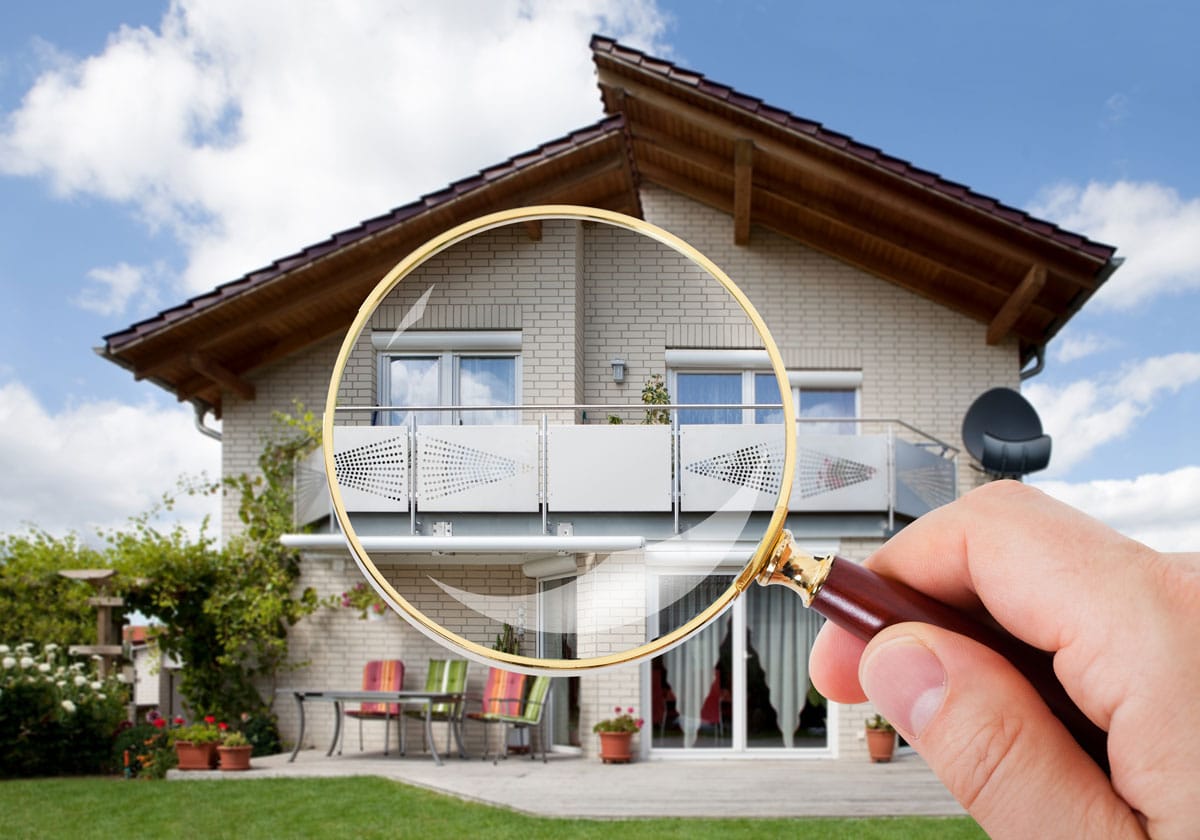What Is Consisted of in a Thorough Home Assessment Process?
A thorough residential property evaluation process is crucial for making sure and protecting financial investments security. It incorporates a precise examination of structural stability, electric systems, pipes, and HVAC units, amongst various other important elements. What, after that, are the most important elements that can make or break a building evaluation?
Introduction of Residential Property Assessment

The inspection encompasses a number of key locations, including the outside and indoor components, systems such as pipes and electrical, and any type of visible structural elements (Best home inspections). During the process, the inspector documents the condition of these aspects, trying to find indicators of wear, damage, or potential hazards
A complete residential or commercial property examination not only helps potential customers make informed choices however likewise helps current owners in comprehending essential repairs or upkeep tasks. By supplying a detailed record of searchings for, the inspection allows stakeholders to focus on problems that might require prompt attention or could influence future investment.
Furthermore, an effective examination procedure complies with established industry criteria and guidelines, making sure a regular and dependable analysis. Generally, the residential or commercial property examination process is a necessary device in realty purchases, advertising transparency and securing both buyer and vendor interests.
Structural Examination

During the inspection, professionals evaluate different parts, consisting of the structure, framework, walls, and roof systems. They search for signs of moving or clearing up, such as fractures in walls or irregular floors, which can indicate underlying issues. The evaluation likewise includes examining the top quality of building and construction products and strategies made use of, guaranteeing compliance with building regulations and criteria.
Furthermore, assessors may examine for signs of dampness breach, which can result in wood rot and mold, additional jeopardizing structural stability. They additionally assess load-bearing elements to ensure they can effectively support the weight of the building and its contents.
Inevitably, an extensive structural evaluation supplies vital insights for possible purchasers and house owners, enabling them to make educated decisions relating to building financial investments and required maintenance. By recognizing architectural concerns early, owners can attend to concerns proactively, protecting the lasting value and safety and security of the residential or commercial property.
Electrical System Assessment
A reliable electrical system evaluation is important in the building evaluation procedure, as it reviews the safety, functionality, and compliance of a structure's electric facilities - Home inspections. This assessment typically view publisher site incorporates an extensive examination of the major electrical panel, circuit breakers, and circuitry systems. Examiners seek indicators of wear, deterioration, or damage that may endanger security
The evaluation includes testing for sufficient grounding and bonding, making certain that the electrical system is correctly attached to stop electric shock or fire hazards. Inspectors additionally evaluate the capacity of the electric system to handle the current tons, recognizing any kind of prospective overloading concerns that might lead to failings or interruptions.
Additionally, the analysis checks for the visibility of GFCI (Ground Fault Circuit Interrupter) and AFCI (Arc Fault Circuit Interrupter) devices in appropriate areas, which are crucial for securing against electrical shocks and protecting against fires. Compliance with local building ordinance and guidelines is also verified to ensure that any kind of installations or modifications fulfill safety requirements.

Pipes and A/c Checks
Adhering to the electrical system assessment, the plumbing and cooling and heating checks are essential elements of the residential property assessment process. These evaluations make sure that the necessary systems of the residential or commercial property are functioning appropriately and safely, thus securing the investment and well-being of the passengers.
Throughout pipes assessments, professionals evaluate the problem of pipes, fixtures, and water drainage systems. They look for leaks, rust, and any indications of water damage that can indicate bigger issues. The efficiency of water heating systems is likewise examined to ensure they meet present criteria and provide adequate warm water supply.
The a/c checks involve a comprehensive assessment of ventilation, air, and heating conditioning systems. Assessors will certainly assess the functional performance of these systems, making certain that they preserve a comfy indoor environment. This consists of checking the heating system, air thermostat, ductwork, and conditioner capability. Furthermore, the examiner will certainly look for any indications of wear or potential safety and security threats, such as carbon monoxide gas leakages in furnace.
Exterior and Interior Evaluations
Outside and indoor evaluations are vital elements of the building inspection process, offering a thorough review of a home's condition. The external examination involves evaluating structural aspects such as the roofing, siding, structure, and windows. Assessors try to find signs of wear, damages, you can try these out or potential hazards, including water intrusion, mold and mildew development, and pest invasions. They additionally evaluate the surrounding landscape, guaranteeing correct water drainage and identifying any trees or vegetation that might intimidate the building.
The indoor assessment concentrates on the problem of living rooms, including walls, flooring, and ceilings. Inspectors examine the functionality of home appliances, windows, and doors, while additionally looking for signs of wetness or architectural issues. Electric systems, plumbing fixtures, and heating and cooling systems are scrutinized to ensure they are in working order, compliant with building regulations, and without security dangers.
Both evaluations finish in a thorough record that highlights crucial findings and referrals for repairs or further evaluations. This double method guarantees that prospective purchasers or owners are completely educated concerning the residential property's staminas and weak points, enabling them to make knowledgeable choices.
Final Thought
To conclude, a comprehensive home inspection procedure encompasses an extensive analysis of architectural integrity, electric systems, pipes, and a/c devices, along with detailed exterior and interior evaluations - Phoenix home inspections. By systematically analyzing each my sources essential element, possible security threats and compliance with sector requirements and regional building codes can be determined. The resultant in-depth record works as an essential resource, encouraging customers and homeowners to make enlightened choices concerning property financial investments and maintenance, eventually enhancing safety and worth
A detailed residential property examination process is essential for making certain and guarding investments safety.During the assessment, specialists analyze different parts, including the foundation, framing, wall surfaces, and roofing system systems.An efficient electric system analysis is crucial in the residential property inspection process, as it assesses the safety, functionality, and compliance of a building's electrical framework.Exterior and indoor assessments are essential aspects of the residential property evaluation procedure, giving a detailed summary of a property's problem.In verdict, an extensive home evaluation procedure incorporates an extensive assessment of architectural stability, electrical systems, plumbing, and Heating and cooling devices, alongside in-depth outside and indoor inspections.